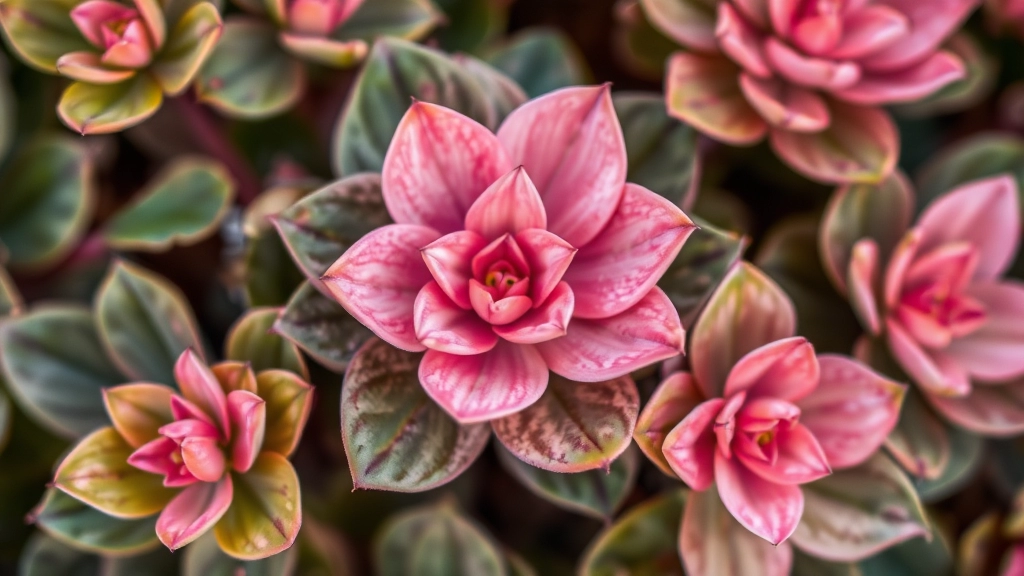Kalanchoe Leaf Issues
Ever noticed your Kalanchoe leaves turning soft and wondered what’s going wrong? You’re not alone. This common issue can be a real headache for plant enthusiasts, but don’t worry—I’ve got some handy tips to help you out.
Have you noticed your Kalanchoe leaves becoming soft and droopy? This can be a source of concern for many plant enthusiasts. Understanding the common causes of soft Kalanchoe leaves is the first step toward restoring your plant’s health.
Soft leaves can indicate a variety of issues, often linked to care practices. Here are some of the most prevalent causes:
– **Overwatering**: This is perhaps the most frequent culprit. Kalanchoe plants thrive in well-draining soil, and excess moisture can lead to root rot, causing leaves to soften. For more detailed care tips, you might find this [complete guide to Kalanchoe Mother of Thousands](https://planthq.org/complete-guide-to-growing-kalanchoe-mother-of-thousands/) helpful.
– **Underwatering**: Conversely, while it may seem counterintuitive, a lack of water can also lead to soft leaves. If the plant is deprived of moisture for too long, it may start to exhibit signs of stress.
– **Temperature Fluctuations**: Kalanchoe prefers a stable environment. Extreme temperature changes can affect leaf texture, making them soft and limp.
– **Humidity Levels**: High humidity can contribute to softer leaves, as can too little humidity. Striking a balance is crucial for optimal leaf health.
– **Pests**: Infestations from pests like aphids or mealybugs can weaken the plant, leading to softening leaves.
– **Nutrient Deficiencies**: Lack of essential nutrients can also manifest as soft, unhealthy leaves. Ensuring your plant receives a balanced diet is vital. You may also want to look into [fixing overgrown leggy Kalanchoe](https://planthq.org/fix-overgrown-leggy-kalanchoe-pruning-and-care-tips/) for additional care tips.
Identifying Overwatering Issues
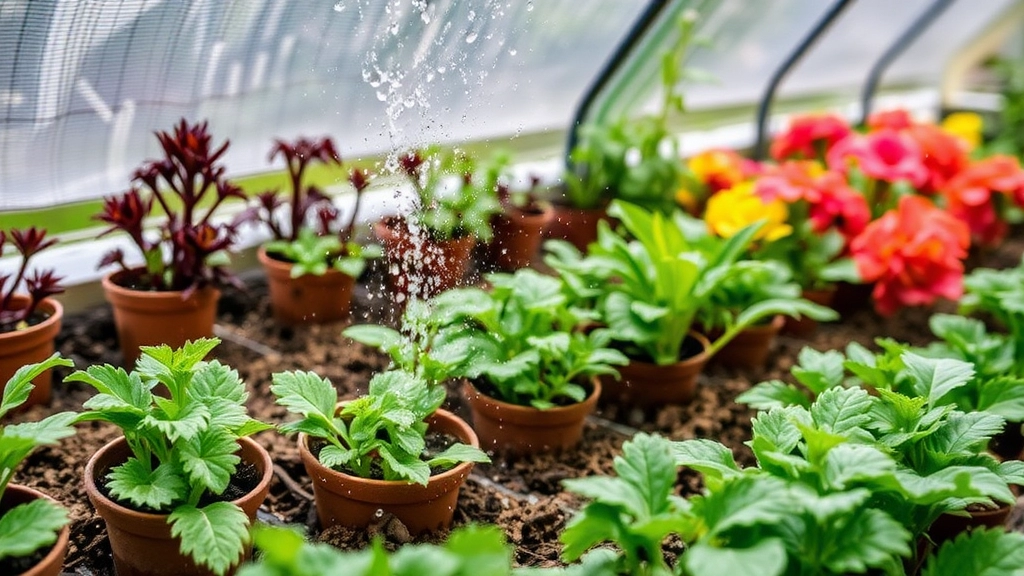
Are your Kalanchoe leaves looking soft and mushy?
You might be dealing with overwatering, a common pitfall for many plant parents.
Let’s break it down so you can spot the signs before it’s too late.
Signs of Overwatering
- Leaf Texture: Soft, squishy leaves are a major red flag.
- Yellowing Leaves: If your Kalanchoe’s leaves are turning yellow, it could mean they’re drowning.
- Wilting: It sounds counterintuitive, but overwatered plants can also droop.
- Root Rot: If you pull your plant out and see black, mushy roots, that’s a serious issue.
Quick Checks to Make
- Soil Moisture: Stick your finger an inch into the soil. If it’s soggy, hold off on watering.
- Drainage Holes: Ensure your pot has holes at the bottom. Standing water is a no-go.
- Watering Schedule: Keep a consistent routine, but adjust based on the season.
What to Do Next
If you’ve identified overwatering, it’s time to act fast.
- Stop Watering: Give your plant a break.
- Repot: If root rot is present, consider repotting with fresh, dry soil.
- Adjust Care: Reassess your watering habits.
Signs of Underwatering in Kalanchoe
As we delve deeper into the care of Kalanchoe, it’s essential to recognise the signs of underwatering, which can be just as detrimental as overwatering.
Underwatering can lead to a range of issues, and being aware of these signs is crucial for maintaining healthy plants. Here are some clear indicators that your Kalanchoe may not be receiving enough water:
- Wrinkled Leaves: One of the first signs of underwatering is the appearance of wrinkled or shrivelled leaves. This occurs when the plant lacks sufficient moisture.
- Leaf Drop: If you notice leaves dropping off, particularly the lower ones, it could be a sign that the plant is stressed due to insufficient water.
- Dry Soil: Check the soil; if it feels bone dry several inches down, your Kalanchoe is likely in need of hydration.
- Stunted Growth: A Kalanchoe that isn’t getting enough water may exhibit slow or halted growth, as it struggles to sustain itself.
- Brittle Leaves: Leaves may become brittle and break easily, indicating that they lack the moisture needed for flexibility.
When you notice these signs, it’s vital to act promptly to restore your plant’s health. For more detailed information on how to water your Kalanchoe properly, you can refer to our guide on how to water a Kalanchoe. Additionally, understanding the optimal light conditions for Kalanchoe can further aid in maintaining its overall health.
Impact of Temperature on Leaf Health
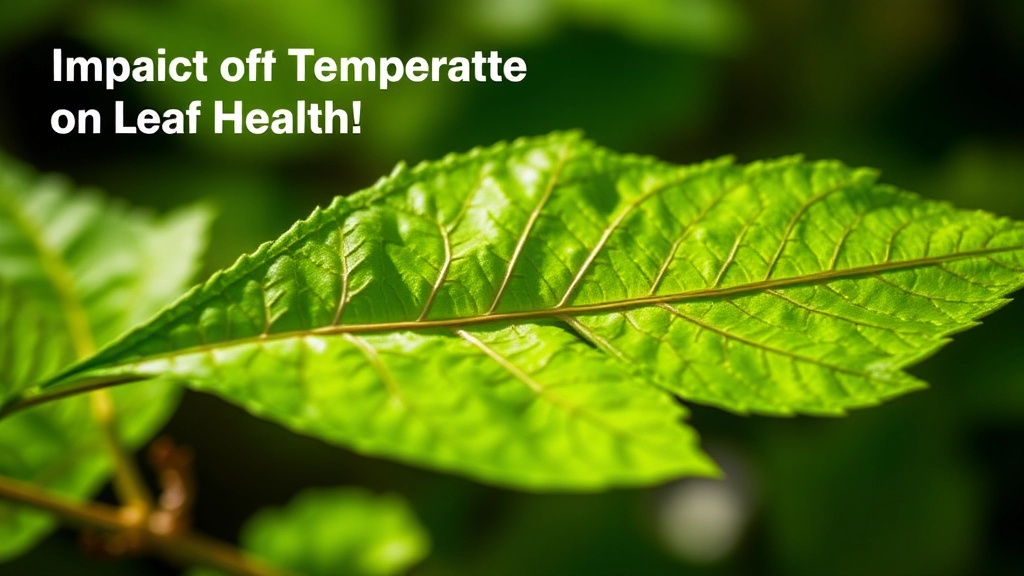
As we explore the various factors affecting Kalanchoe leaf health, temperature emerges as a crucial element that can significantly influence the vitality of your plant.
How Temperature Affects Kalanchoe Leaves
Kalanchoe plants thrive in specific temperature ranges, and deviations can lead to soft, unhealthy leaves. Here’s what you need to know:
- Optimal Temperature Range: Kalanchoe prefers temperatures between 15°C and 25°C (59°F to 77°F).
- High Temperatures: When temperatures soar above 30°C (86°F), Kalanchoe can become stressed. This stress often manifests as soft, drooping leaves due to excessive water loss.
- Low Temperatures: Conversely, exposure to temperatures below 10°C (50°F) can cause the plant to enter a state of dormancy, leading to leaf wilting and a decline in overall health.
Signs of Temperature Stress
You may notice several signs that indicate your Kalanchoe is struggling with temperature issues:
- Leaf Softness: Leaves may feel mushy or limp.
- Discolouration: Yellowing or browning edges can signal temperature stress.
- Dropping Leaves: A sudden loss of leaves can be a response to extreme conditions.
Maintaining Ideal Conditions
To ensure your Kalanchoe remains healthy, consider these best practices:
- Location: Place your plant in a spot with consistent temperatures, away from drafts and direct heat sources.
- Monitoring: Use a thermometer to keep an eye on the temperature, especially during seasonal changes.
- Adaptation: If your environment fluctuates, gradually acclimatise your Kalanchoe to avoid shock.
Role of Humidity in Leaf Softness
Have you noticed your Kalanchoe leaves looking a bit too soft or droopy? Humidity plays a significant role in the overall health of your plant, and understanding its impact can be crucial for maintaining vibrant leaves.
Why Humidity Matters
Kalanchoe plants thrive in environments that mimic their natural habitat, which is often dry and arid. However, they still require a certain level of humidity to stay healthy.
Here’s how humidity affects your Kalanchoe:
- High Humidity:
- Can lead to excessive moisture retention.
- Increases the risk of fungal infections.
- May cause leaves to become soft and mushy.
- Low Humidity:
- Can result in dehydration.
- Causes leaves to become wrinkled and shrivelled.
- Can stress the plant, making it more susceptible to pests.
Ideal Humidity Levels
For optimal growth, aim for humidity levels between 40-60%.
If your home is particularly dry, especially during winter, consider these tips:
- Use a Humidifier: This can help maintain the right moisture levels in the air.
- Pebble Trays: Place a tray filled with water and pebbles under your pot. As the water evaporates, it increases humidity around the plant.
- Grouping Plants: Keep your Kalanchoe close to other plants. This can create a microclimate with higher humidity.
Monitoring Humidity
Investing in a hygrometer can help you keep track of humidity levels in your home.
Regularly checking your plant’s environment can prevent issues related to both high and low humidity. For more tips on maintaining healthy Kalanchoe plants, check out our indoor vs. outdoor care guide and our troubleshooting guide for non-flowering Kalanchoe.
Detecting and Treating Pests
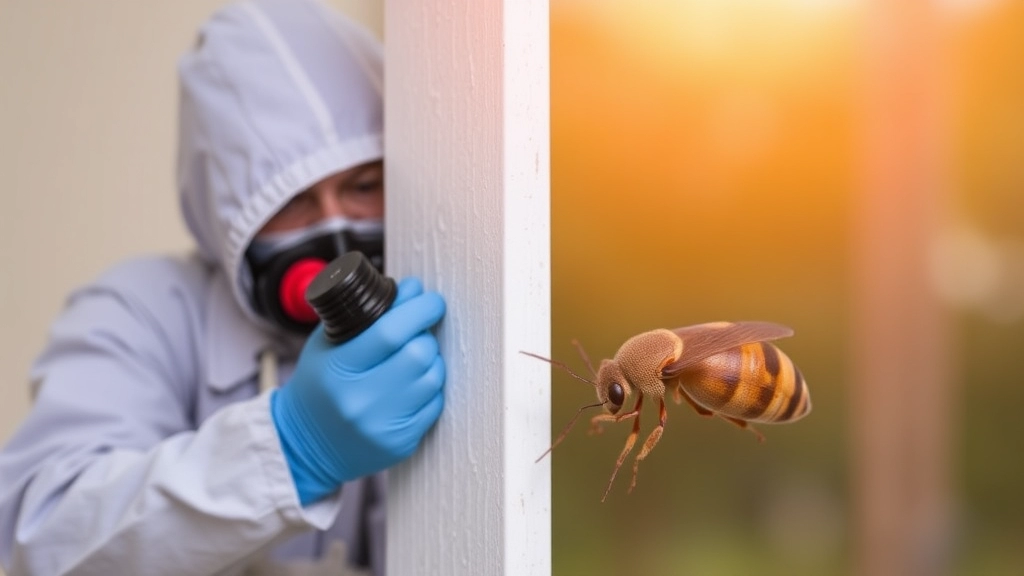
So, you’ve checked the watering, temperature, and humidity, but your Kalanchoe leaves still look soft? It might be time to consider pests lurking around.
Common Pests to Watch For
- Mealybugs: These little white cotton-like blobs love to hide in leaf joints.
- Spider Mites: Tiny and often invisible, they create fine webs and cause yellowing.
- Aphids: Small and green, they cluster on new growth, sucking out the plant’s juices.
How to Spot Infestations
- Visual Inspection: Regularly check the undersides of leaves and around stems.
- Sticky Residue: If you notice a sticky film on leaves or surfaces, pests might be at play.
- Wilting or Discolouration: Leaves that look off could be a sign of a pest problem.
Treatment Options
- Isolate: If you spot pests, move the affected plant away from others.
- Wash: Gently rinse the leaves with water to dislodge pests.
- Insecticidal Soap: Apply a diluted solution to treat infestations.
- Neem Oil: A natural solution that can help repel and kill pests.
Prevention Tips
- Regular Checks: Make it a habit to inspect your plants weekly.
- Cleanliness: Keep the area around your Kalanchoe tidy to avoid attracting pests.
- Healthy Plants: Strong plants are less likely to attract pests, so ensure your Kalanchoe gets the right care.
Importance of Proper Soil Drainage
Have you ever wondered why your Kalanchoe leaves are soft and droopy? One crucial factor that often gets overlooked is soil drainage.
Proper soil drainage is vital for the health of your Kalanchoe. Without it, water can accumulate around the roots, leading to root rot and ultimately affecting the leaves. Here’s why drainage matters:
- Root Health: Good drainage allows roots to breathe and prevents them from sitting in water, which can cause decay.
- Nutrient Absorption: Well-draining soil helps ensure that nutrients are available to the plant, promoting strong growth.
- Moisture Control: It prevents over-saturation, allowing you to maintain the right moisture levels for your Kalanchoe.
To achieve proper drainage, consider the following tips:
- Choose the Right Soil: Use a cactus or succulent mix that promotes drainage.
- Add Perlite or Sand: Mixing in perlite or coarse sand can improve drainage and aeration.
- Use Pots with Drainage Holes: Ensure your pot has holes at the bottom to allow excess water to escape.
For example, when I first started growing Kalanchoe, I used regular potting soil. The leaves became soft and mushy, and I soon realised the importance of switching to a well-draining mix.
Ensuring proper soil drainage not only keeps your Kalanchoe healthy but also enhances its overall appearance. If you’re experiencing similar issues, you might find this guide on why Kalanchoe leaves turn soft helpful. Additionally, for more detailed care tips, check out this complete guide to Kalanchoe plant care.
Nutrient Deficiencies and Leaf Texture
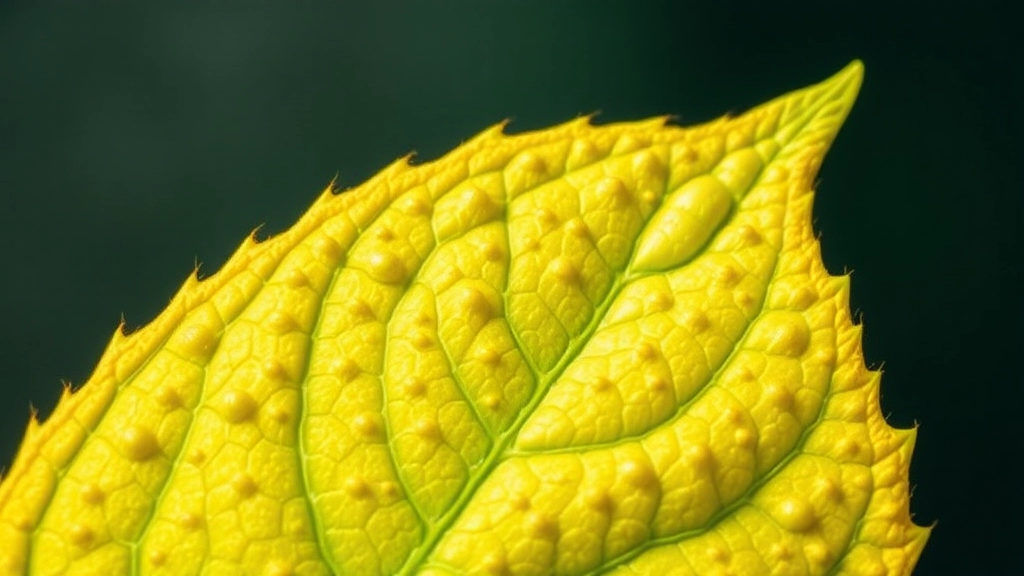
Ever looked at your Kalanchoe and thought, “What’s going on with those leaves?”
Soft, droopy leaves can often signal a nutrient deficiency, and it’s a real bummer when your plant isn’t thriving.
So, let’s dive into how nutrient shortages can affect your Kalanchoe’s leaf texture.
Key Nutrients to Consider
- Nitrogen: Essential for healthy growth. A lack of nitrogen can lead to pale, soft leaves.
- Potassium: Helps strengthen plant cells. Without it, leaves might feel weak and floppy.
- Calcium: Crucial for cell wall structure. Deficiencies can cause leaf curling and softness.
Signs of Nutrient Deficiency
- Yellowing Leaves: Often a sign of nitrogen deficiency.
- Brown Edges: Could indicate a lack of potassium.
- Leaf Curling: Calcium deficiency might be the culprit here.
How to Fix Nutrient Deficiencies
- Fertilise Regularly: Use a balanced, water-soluble fertiliser every few weeks during the growing season.
- Choose the Right Soil: A nutrient-rich potting mix can do wonders for your Kalanchoe.
- Monitor pH Levels: Ensure the soil isn’t too acidic or alkaline, as this can affect nutrient absorption.
Real-Life Example
I once had a Kalanchoe that was looking worse for wear.
After a bit of research, I realised it was nitrogen-deficient.
A simple dose of fertiliser turned things around, and soon my plant was back to its vibrant self!
Nutrient deficiencies can sneak up on you, but with a little attention, your Kalanchoe can bounce back.
Best Practices for Kalanchoe Care
As we explore the best practices for Kalanchoe care, it’s essential to remember that healthy leaves are a reflection of proper plant management.
Preventative Measures for Healthy Kalanchoe Leaves
So, you want your Kalanchoe leaves to stay plump and happy, right?
Let’s dive into some simple, effective ways to keep those leaves thriving.
FAQs on Kalanchoe Leaves Turning Soft
Why are my Kalanchoe leaves turning soft and mushy?
Soft and mushy Kalanchoe leaves are often a sign of overwatering. Ensure you are not watering too frequently and that your pot has proper drainage.
How can I tell if my Kalanchoe is overwatered?
Signs of overwatering include soft, squishy leaves, yellowing leaves, wilting, and root rot. You can also check soil moisture by sticking your finger an inch into the soil; if it’s soggy, hold off on watering.
What temperature range is ideal for Kalanchoe plants?
Kalanchoe plants thrive in temperatures between 15°C and 25°C (59°F to 77°F). High temperatures above 30°C (86°F) and low temperatures below 10°C (50°F) can stress the plant, leading to soft, unhealthy leaves.
What are the signs of temperature stress in Kalanchoe leaves?
Temperature stress can manifest as mushy or limp leaves, discolouration (yellowing or browning edges), and dropping leaves.
Could pests be causing my Kalanchoe leaves to turn soft?
Yes, pests such as mealybugs, spider mites, and aphids can also cause soft leaves. Regularly inspect your plant for signs of infestation, such as sticky residue, webs, or visible pests.
How do I treat pest infestations on my Kalanchoe?
To treat pest infestations, isolate the affected plant, rinse the leaves with water, and apply insecticidal soap or neem oil. Regular checks and maintaining cleanliness can help prevent future infestations.
Can nutrient deficiencies cause Kalanchoe leaves to turn soft?
Yes, nutrient deficiencies, especially in nitrogen, potassium, and calcium, can lead to soft, droopy leaves. Yellowing leaves may indicate a nitrogen deficiency, brown edges could signal a lack of potassium, and leaf curling might be due to calcium deficiency.
How can I fix nutrient deficiencies in my Kalanchoe?
To fix nutrient deficiencies, fertilise regularly with a balanced, water-soluble fertiliser, choose nutrient-rich potting soil, and monitor soil pH levels to ensure proper nutrient absorption.
What immediate steps should I take if my Kalanchoe is overwatered?
If you identify overwatering, stop watering immediately, consider repotting with fresh, dry soil if root rot is present, and reassess your watering habits to prevent future issues.
How can I maintain ideal conditions for my Kalanchoe plant?
To maintain ideal conditions, place your plant in a spot with consistent temperatures away from drafts and direct heat sources, monitor temperature using a thermometer, and gradually acclimatise your plant to any environmental changes.
References
-
Gardening Know How: Kalanchoe Plant Care
-
The Spruce: How to Grow Kalanchoe
-
The Old Farmer’s Almanac: Kalanchoe
